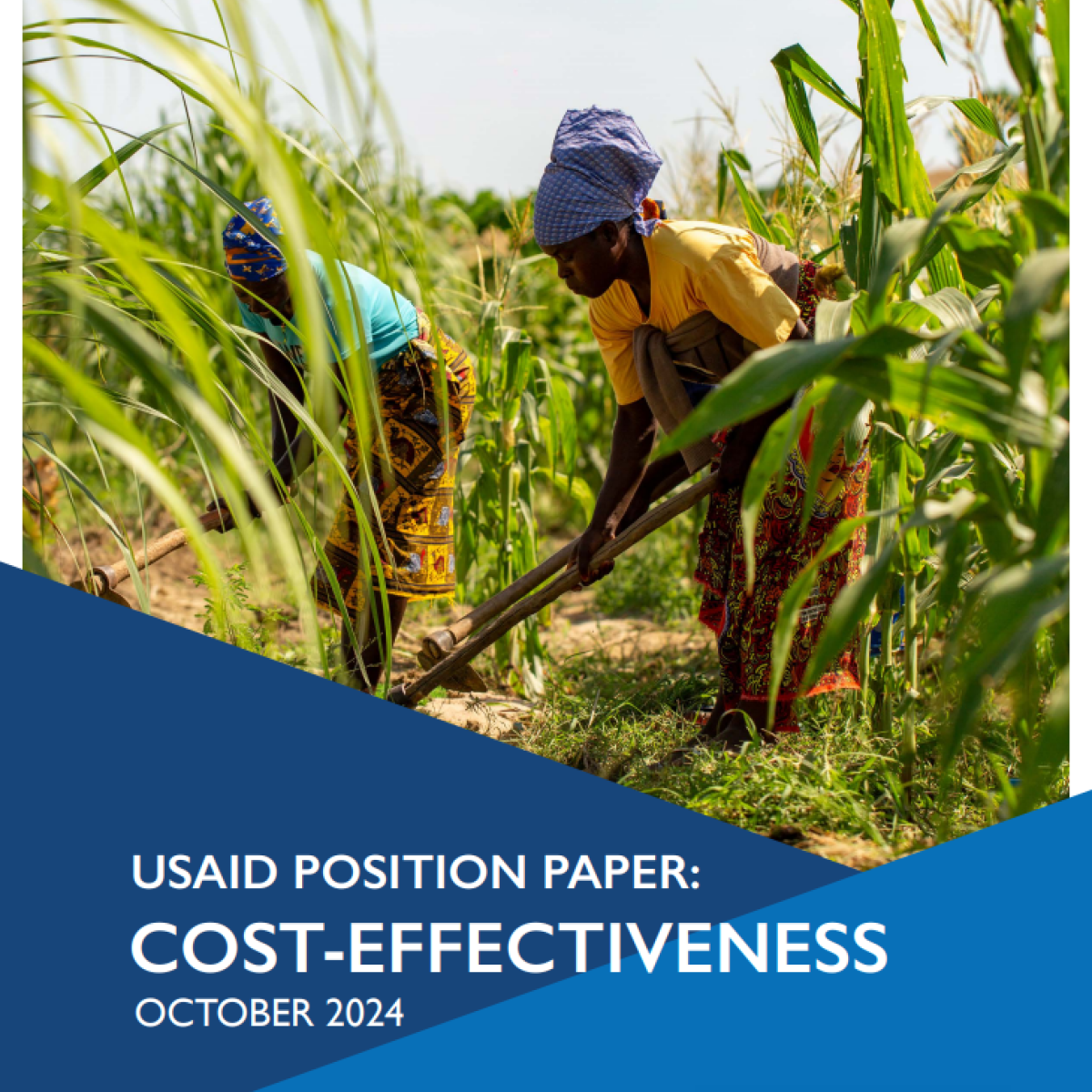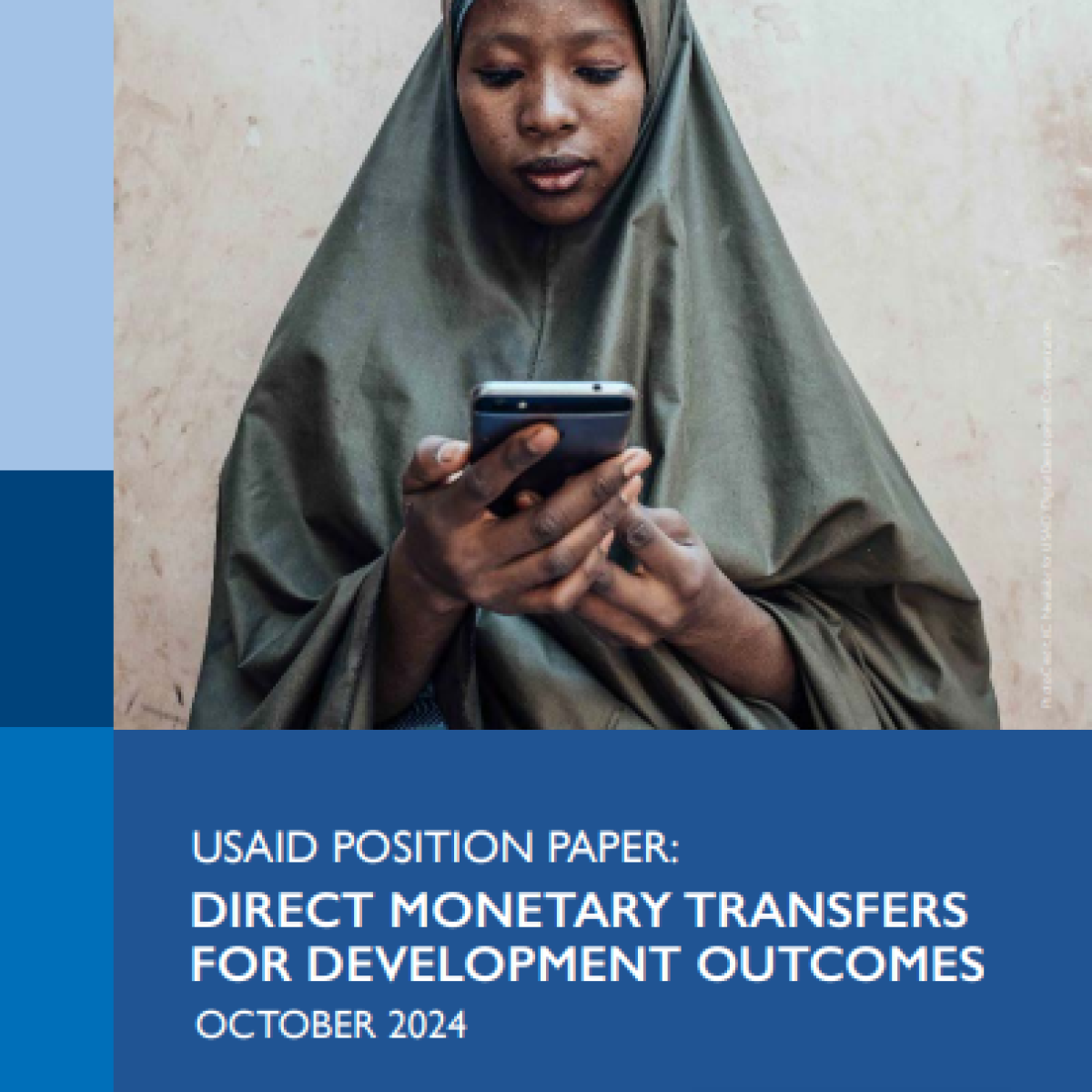Today, Deputy Administrator Isobel Coleman highlighted recent steps USAID has taken to maximize the impact achieved on humanitarian and development objectives for every dollar of U.S. foreign assistance spent. At an event hosted by the Center for Global Development, alongside implementing partners and aid effectiveness experts from around the world, the Deputy Administrator reaffirmed USAID’s commitment to cost-effectiveness by launching two new Agency policy documents:
- A Position Paper on Cost-Effectiveness, which articulates USAID’s commitment to achieving the greatest possible impact per dollar of taxpayer resources spent, through the use and generation of cost-effectiveness evidence, and
- A Position Paper on Direct Monetary Transfers, which summarizes principles and best practices for how USAID can leverage direct monetary transfers to individuals, households, and microenterprises – a form of market-based assistance – as a highly cost-effective approach for many development objectives.
These efforts build on many years of work to improve evaluation and evidence-based policymaking at USAID. Most recently, the Agency revised its Program Cycle Operational Policy related to planning, delivering, assessing, and adapting development programming to reflect this greater focus on cost-effectiveness. USAID has also strengthened the role of evidence in Agency programming, including introducing its first Evaluation Policy in 2011 and implementing requirements outlined by the bipartisan Foundations for Evidence-Based Policymaking Act including an Agency-wide Learning Agenda.
This ongoing focus on cost-effectiveness enables USAID to identify and scale evidence-based interventions that consistently deliver greater impact per dollar on specific outcomes than other approaches. For example, following the evidence, USAID teams around the world are scaling a proven poverty reduction approach, known as the “graduation approach,” which offers a sequenced set of supports, including a productive asset or grant, training, and facilitation of improved savings access, to help extremely vulnerable households transition to sustainable livelihoods. This approach has been tested in more than 20 randomized impact evaluations and has consistently increased participants’ income, savings, assets, and food security.


